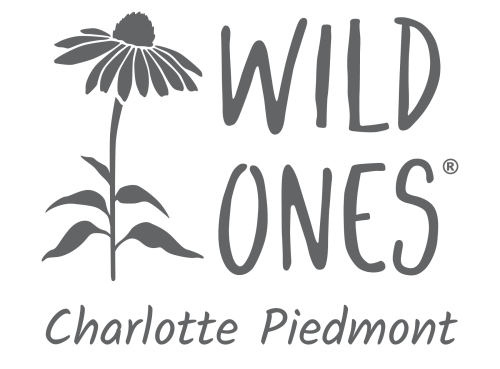Green mulch is all the rage and for good reason. It means using plants instead of wood or pinestraw mulch, and it’s the way Mother Nature ”gardens”. She’s not known for sprinkling hardwood mulch around. But let’s face it, the green mulch “look” is not what we are used to. Most landscapes are properly spaced plantings with lots and lots of mulch in between. Maybe in 10 years it will all fill in and look like Fine Gardening, maybe not. It seems to me, however, that most landscapes, residential and commercial, stay in this “brown mulch with plants far apart” mode, and we’ve gotten used to that look. As my older beds fill in, there is little ground visible. With the new beds (because I’m ALWAYS adding another bed even though I say I’m done), I’m adding a lot of green mulch plants. Admittedly, it’s a different look, but once it’s fully planted it requires a lot less management, maintenance, and water.
Some gardeners call the green mulch layer the matrix layer, and usually this layer is the bulk of the plants in the bed. You can layout the new bed with the matrix layer and then add the “prettier”, taller stuff in between. In an existing bed, you can replace brown mulch with green mulch plants. Just stuff them in all the empty spaces. Really, it’s not more complicated than that. Of course, you must make sure that the plant suits the conditions of the site (ALWAYS!).
What type of plants work well as matrix/green mulch? First, Carex or sedges are your friend. This is a link to a Lady Bird Johnson Wildflower Center search for sedges that work in full sun and are native to North Carolina. This is almost the exact same plant list for South Carolina. I have found many of these sedges growing on my property in Union County, NC. Many pop up in what passes for lawn here and some pop up in the gravel paths, or just here and there. Is this normal? I don’t know; maybe I’m VERY lucky.
Other sun loving, native matrix plants include:
*Viola sororia (Common Blue Violet)
*Salvia lyrata (Lyreleaf Sage)
*Polypremum procumbens (rust weed)
*Elephantopus tomentosus (Elephant’s foot)
*Sisyrinchium various (Blue eyed grass)
Antennaria plantaginifolia (Plantain Pussytoes)
Antennaria neglecta (Field Pussytoes)
Fragaria virginiana (Wild strawberry) white flower not yellow
Erigeron pulchellus (Robin’s Plantain)
There are plenty more, and in the more northern reaches of our Chapter there may be some additions/subtractions. Plants with an * are readily found in my “weedy lawn”, and I harvest them and add them to The Matrix (pun intended).
So, what do you use for matrix/green mulch? What plants have worked, and which haven’t? Where did you find your matrix plants? Please share!
by Kristyna Culp, Charlotte Piedmont Chapter Vice-President
